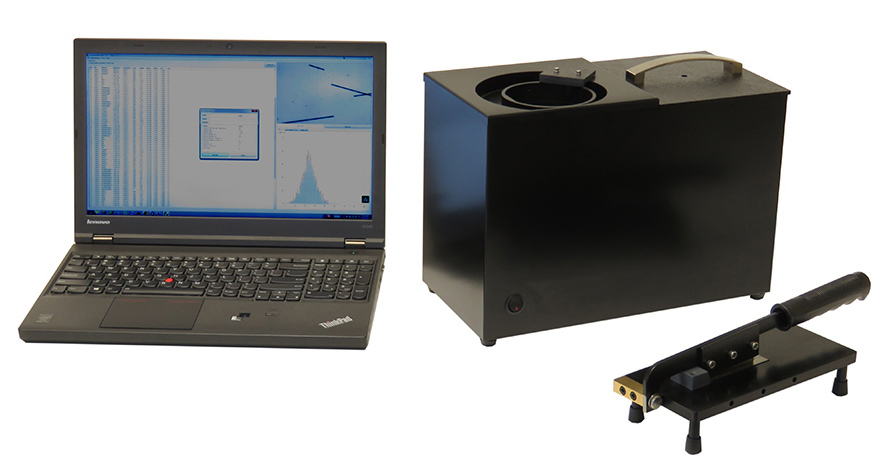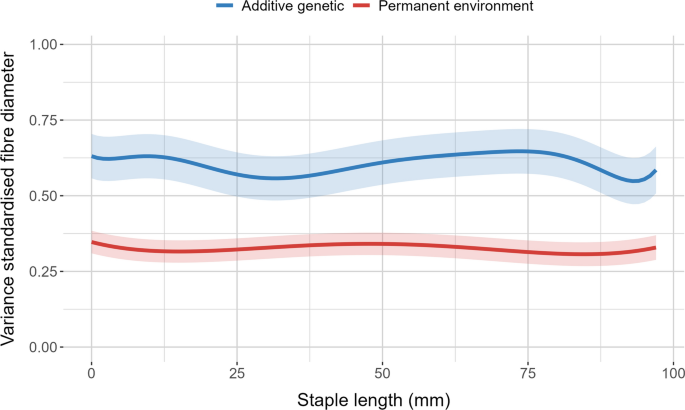Maximize Your Fiber Optic Performance: Comprehending Optical Fiber Diameter Analyser Technology
The performance of fiber optic systems is critically affected by the accuracy of their diameter, an element frequently ignored in the search of optimal signal integrity. Understanding the innovation behind optical fibre diameter analysers exposes the elaborate balance between measurement precision and production high quality. These tools not just boost compliance with sector requirements but likewise provide real-time insights that can preemptively address possible concerns. Nevertheless, the ramifications of their use expand beyond mere dimension; they can fundamentally alter the landscape of fiber optic effectiveness. What variables should one take into consideration to harness their full possibility?
Significance of Optical Fiber Diameter
The diameter of optical fibre plays a crucial function in establishing the performance and efficiency of communication systems. It affects several key criteria, consisting of the mode of light propagation, attenuation, and data transfer capacity. Bigger sizes normally permit several light settings, facilitating greater information transmission prices. Conversely, smaller diameters have a tendency to support less settings, which can improve signal quality and lower crosstalk.

In addition, comprehending the size's ramifications can result in set you back savings by lowering the need for signal boosting and repeaters in comprehensive networks (optical fibre diameter analyser). In conclusion, the significance of optical fibre diameter can not be overemphasized, as it directly influences the general effectiveness and reliability of modern-day interaction systems

Just How Diameter Impacts Signal Quality
Signal top quality in optical fiber systems pivots significantly on the diameter of the fibre. The size affects a number of vital parameters, consisting of attenuation, transmission capacity, and modal diffusion. A smaller size can cause greater depletion prices, resulting in signal loss as light trips through the fiber. This attenuation can compromise the stability of the transmitted information, causing a decrease in signal top quality, particularly over lengthy distances.
Alternatively, bigger diameters generally enable for enhanced light capture and lowered modal diffusion, enhancing signal clearness. In multimode fibers, a larger core diameter can support numerous light settings, yet it may likewise present intermodal diffusion, which can degrade signal high quality. Therefore, selecting the ideal fiber size is essential for attaining the wanted efficiency in specific applications.
Furthermore, the interaction in between the fibre size and the wavelength of the light used plays a crucial duty in establishing the efficient transmission distance and general signal honesty. Recognizing how fibre size impacts signal top quality is essential for network designers and engineers aiming to maximize optical fibre systems for trusted, high-speed data transmission.
Introduction of Size Analyser Technology
In numerous optical fibre production procedures, precise dimension of fiber size is essential for ensuring consistent efficiency and top quality (optical fibre diameter analyser). Diameter analysers are advanced instruments designed to analyze the physical dimensions of optical fibers with high precision. They utilize advanced optical and laser modern technologies to determine the diameter, ovality, and concentricity of the fiber, therefore providing vital information for quality assurance
These analysers can run in-line during the manufacturing procedure or as component of off-line screening methods. In-line systems allow real-time surveillance, enabling producers to readjust parameters instantly, consequently maintaining optimum manufacturing conditions. Off-line analysers, on the other hand, offer detailed evaluations of batches, making certain that any type of deviations from specified tolerances are determined and resolved.
Diameter analysers significantly add to the decrease of flaws in optical fibers, improving overall product integrity. By continually gauging crucial criteria, these technologies assist in compliance with sector standards and requirements. see As the need for high-performance optical fibres remains to rise, the role of diameter analysers comes to be progressively crucial in attaining the wanted top quality and performance standards in fiber optic systems.
Secret Functions of Fibre Diameter Analysers
Although various models of fiber diameter analysers exist, they generally share numerous essential features that boost their performance and integrity. Among one of the most significant functions is high-resolution dimension capabilities, which ensure specific diameter readings, essential for preserving quality control in fibre manufacturing. Furthermore, many analysers integrate advanced optical sensors designed to discover minute variants in fiber diameter, therefore supplying important data for procedure optimization.
An additional essential attribute is real-time monitoring, article source allowing operators to get prompt responses on fiber size throughout the production procedure (optical fibre diameter analyser). This ability assists in fast changes and reduces the probability of problems. Several analysers also come geared up with straightforward user interfaces, allowing operators to quickly browse through settings and data outputs
Moreover, durable data storage space and evaluation capabilities are crucial for tracking historic efficiency fads and ensuring conformity with market standards. These attributes collectively contribute to the effectiveness of fiber size analysers in optimizing fiber optic efficiency.
Ideal Practices for Fibre Optimization

First, regular calibration of optical fibre size analysers is important. This ensures precise dimensions and minimizes possible discrepancies that might affect efficiency. Next, keeping a clean working setting is essential; dust and impurities can cause signal destruction.
Furthermore, it is essential to select fibres that fulfill certain application needs. This entails examining aspects such as attenuation, transmission capacity, and ecological conditions. Correct installment methods need to likewise be stuck to, including preventing sharp bends and too much tension, which can endanger fiber integrity.
In addition, utilizing sophisticated surveillance systems can facilitate real-time efficiency assessments, allowing punctual recognition of concerns. Normal screening and maintenance must be performed to guarantee that fibres continue to be within optimal operational specifications.
Lastly, training workers on the most up to date fiber optimization innovations and methods will certainly boost their ability to apply reliable strategies. By complying with these finest methods, companies can considerably improve the performance and lifespan of their optical fibre systems, making sure reliable interaction and information transfer.
Verdict
In verdict, the combination of optical fibre diameter analyser modern technology is vital for optimizing fibre optic performance. By making certain precise measurements of fiber dimensions, these analysers considerably improve signal high quality and lower losses during information transmission.
Signal high quality in optical fiber systems hinges dramatically on the size of the fibre.In lots of optical fibre production procedures, accurate measurement of fiber size is necessary for making certain constant efficiency and quality. As the demand for high-performance optical fibers continues to climb, the duty of diameter analysers comes to be increasingly important in accomplishing the preferred top quality and efficiency criteria in fibre optic systems.
These attributes collectively add to the efficacy of fibre size analysers in enhancing fiber optic performance.
In final thought, the assimilation of optical fibre size analyser modern technology is important for optimizing fiber optic efficiency.
Comments on “Key Factors When Selecting an Optical Fibre Diameter Analyser”